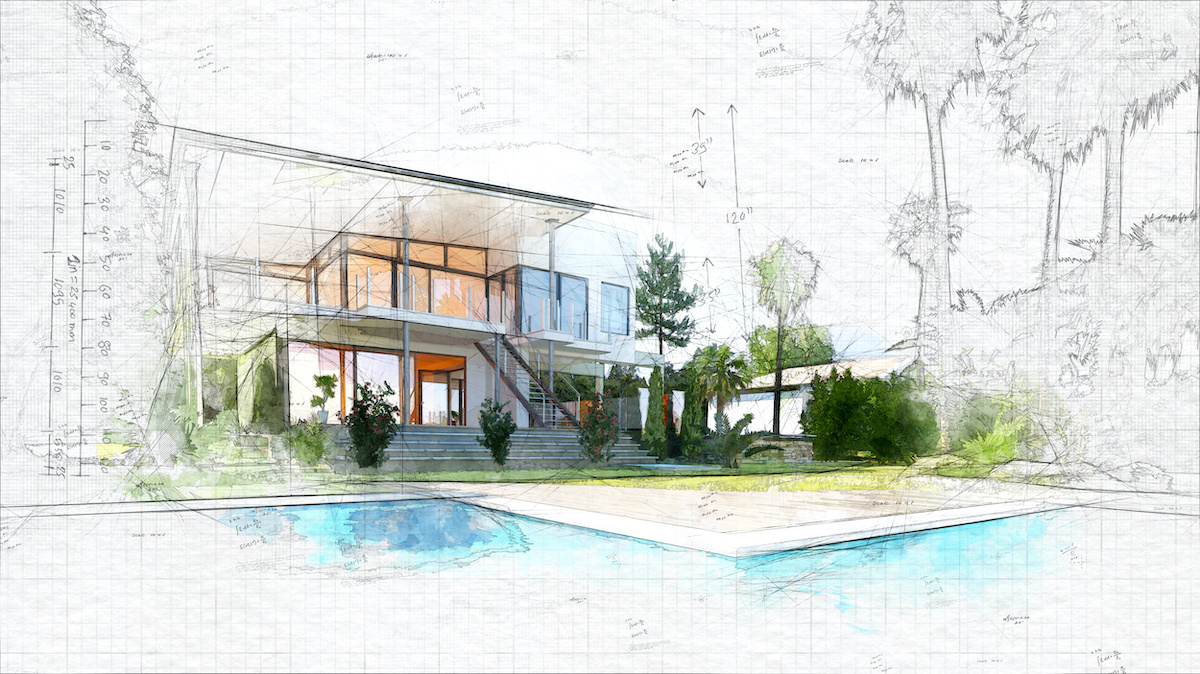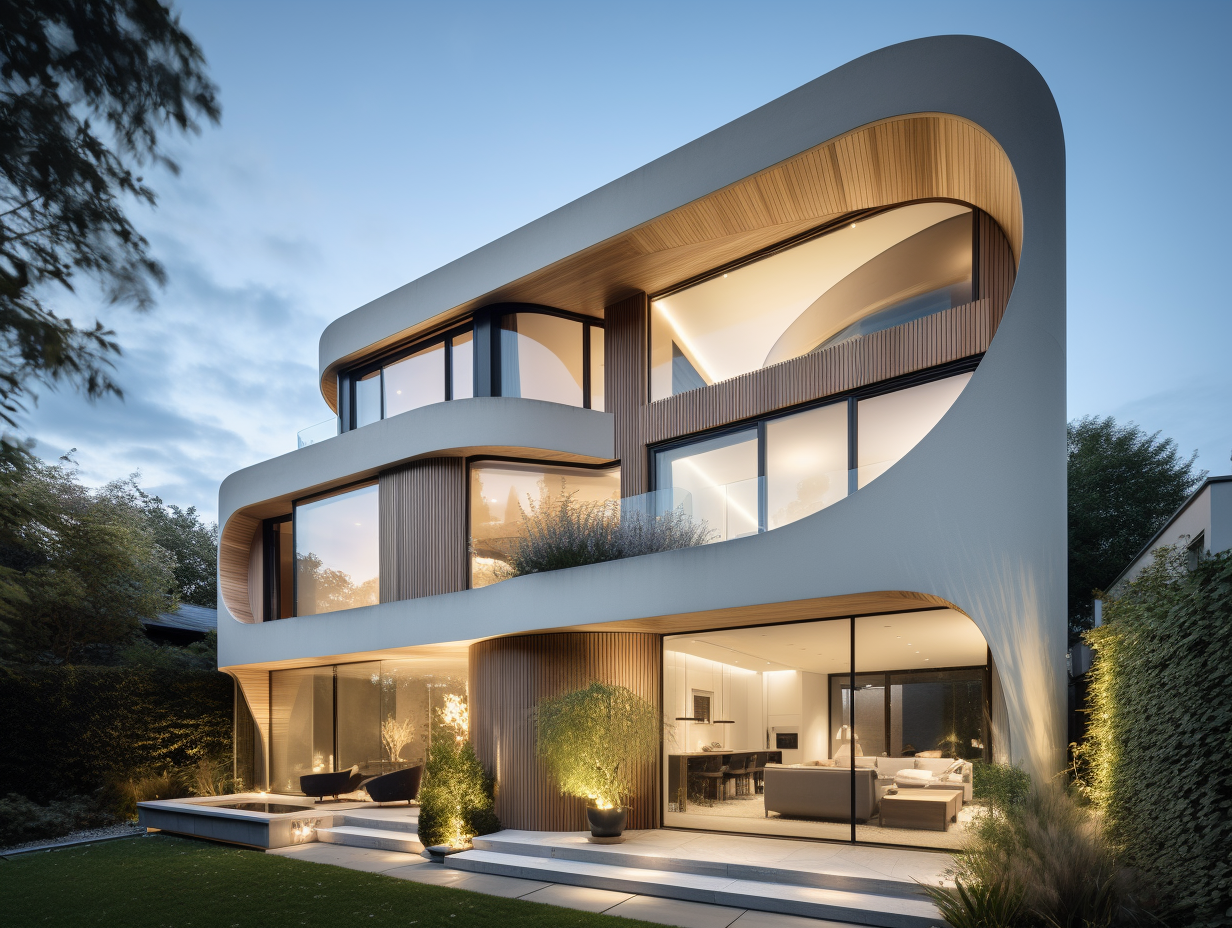Just How CDA Architects Include Eco-Friendly Practices in Architectural Projects
Just How CDA Architects Include Eco-Friendly Practices in Architectural Projects
Blog Article
Understanding the Collaborative Process Between Architects and Designers in Modern Building And Construction Projects
The joint procedure in between engineers and designers is necessary in contemporary building jobs, as it harmonizes design intent with design usefulness. This collaboration not only influences the aesthetic and useful facets of a job however also plays an essential role in resolving sustainability obstacles. By utilizing effective communication approaches and leveraging innovative innovations, such as Building Details Modeling (BIM), groups can work more cohesively. Nonetheless, the ins and outs of this collaboration often existing special challenges that can prevent development. Exploring these characteristics exposes understandings that might significantly influence job end results and general sector requirements.
The Importance of Partnership
The joint synergy between engineers and engineers is vital for the effective realization of any type of building and construction project. This partnership brings with each other distinctive competence and viewpoints, enabling the integration of ingenious layout with sensible engineering services. By functioning with each other, engineers and designers can ensure that a job not only satisfies visual and useful needs but also follows security, sustainability, and monetary restrictions.
Cooperation cultivates a common vision, facilitating the alignment of goals and expectations from the outset. This alignment is important in attending to prospective difficulties and mitigating dangers that might develop during the job lifecycle. A joint strategy permits for the effective allowance of resources, maximizing both time and expense.
The value of partnership includes the iterative procedure of style and building, where feedback from designers can educate architectural decisions, leading to even more practical and sustainable layouts. Alternatively, designers can inspire designers to believe creatively concerning exactly how to achieve architectural stability without compromising imaginative intent. Eventually, the collaborative partnership between architects and designers is not merely beneficial; it is basic to the creation of high-quality, useful, and innovative constructed atmospheres that fulfill the requirements of society.
Interaction Techniques and Devices
Effective interaction techniques and tools are vital for fostering cooperation between engineers and engineers throughout the job lifecycle. Establishing clear channels of interaction is vital to ensure that all team participants are aligned with job objectives, timelines, and obligations. Normal meetings, both in-person and online, give chances for stakeholders to review progress, address worries, and make educated decisions.
Using task management software application, such as BIM (Structure Information Modeling) platforms, improves cooperation by making it possible for real-time sharing of layout modifications and technological requirements. These tools assist in openness, allowing designers and designers to envision changes and evaluate their influence on the total task.

Shared Objectives and Task Vision

Developing shared goals entails open dialogue and a detailed understanding of each self-control's payments. Architects normally concentrate on style intent, spatial partnerships, and individual experience, while designers stress structural honesty, systems functionality, and compliance with guidelines (cda architects). When these perspectives are lined up, the outcome is a natural project that complies with both imaginative aspirations and technical expediency
Furthermore, a distinct task vision fosters accountability among staff member, encouraging each participant to take ownership of their function in accomplishing the wanted end result. Regular check-ins and collaborative workshops can even more strengthen this dedication, permitting adjustments to be made as the project develops. Eventually, a common vision not just improves team effort but also elevates the quality of the final deliverable, resulting in successful job completion.
The Function of Innovation
Leveraging innovation has actually ended up being important in boosting partnership in between designers and engineers. The combination of advanced software program tools promotes real-time communication and details sharing, allowing groups to work extra efficiently and properly. Building Details Modeling (BIM) stands out as an essential technology, enabling both architects and engineers to develop comprehensive 3D designs that envelop design intent and architectural integrity. This shared aesthetic depiction reduces misconceptions and streamlines the decision-making process.
Furthermore, cloud-based platforms allow smooth cooperation, allowing project stakeholders to access and update job information from anywhere. This promotes a society of openness and liability, as adjustments can be tracked and reviewed in real-time. Additionally, mobile applications further enhance communication, offering on-site teams with instant access to project specifications and updates.
Emerging technologies such as expert system and artificial intelligence are likewise beginning to contribute in anticipating evaluation, aiding groups recognize prospective problems prior to they emerge. Eventually, the role of technology in architecture-engineering collaboration not only boosts operations performances however likewise enhances innovation, leading to even more effective job outcomes. By embracing these technical improvements, designers and engineers can ensure an extra natural and efficient collaborative procedure throughout the building lifecycle.
Situation Studies in Effective Partnerships
Numerous instance research studies illustrate the extensive effect of effective collaborations between engineers and designers on project end results. One noteworthy example is the partnership on the High Line in New York City, where landscape engineers, engineers, and top article city coordinators worked with each other to transform a deserted rail line right into a vibrant public park. This multidisciplinary strategy not only boosted the aesthetic top quality but additionally guaranteed architectural safety and ecological sustainability.
Another excellent case is the style and building and construction of the Sydney Concert Hall. The collaboration between designer JÃ ¸ registered nurse Utzon click for source and structural designer Ove Arup exemplified ingenious analytic. Their collaboration enabled the iconic shell-like style while resolving complex engineering obstacles, ultimately causing a classic architectural masterpiece.
The Burj Khalifa in Dubai additionally shows the significance of collective initiatives. cda architects. The assimilation of architecture and engineering experience enabled the job group to attain extraordinary heights while adhering to security guidelines and visual vision
These instances underscore the significance of communication, depend on, and shared purposes. In today's intricate construction environment, such partnerships are important to browsing obstacles top article and supplying tasks that fulfill both useful and visionary objectives.
Verdict
Finally, the collaboration between architects and engineers is important for the success of contemporary building projects. Effective communication techniques, a shared project vision, and the assimilation of innovative modern technologies are essential parts that promote this collaboration. By cultivating a culture of accountability and leveraging devices such as Structure Info Modeling (BIM), teams can navigate project intricacies, making certain that visual, practical, and sustainability objectives are achieved. Inevitably, this harmony causes ingenious and successful task results.
Report this page